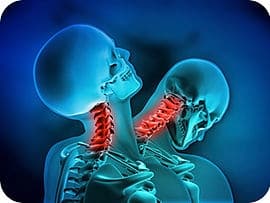http://activerelease.ca/
What medical procedures may take place?
Often times when people are in pain they want, and demand imaging. This may include x-rays, MRI’s, CT scans etc. The state of being in constant pain drives them to want to find a structural problem to place the blame on for their pain. While this is understandable, it is important to know that your provider has a system of predictive tools to determine if imaging is necessary in your case. Chances are if they decide it’s not necessary, they have good reason. The push for increased regulation in imaging is due to numerous studies finding that as a system, many dollars were being wasted on unnecessary imaging scans that did not change the outcome.
If your injury is serious enough to land you in the ER, you may or may not undergo an x-ray or a CT scan. There are guidelines that your practitioner will use (in this case usually the Canadian C-Spine Rules1) to determine whether you need imaging or not. You may also be prescribed medication such as NSAIDS (non-steroidal anti-inflammatory drugs – such as ibuprofen) or stronger pain-relieving drugs. Studies have found that while NSAIDS may be useful in reducing pain and inflammation in the beginning phases, there are less results to suggest that they should be used in the medium and long term phases due to potential gastrointestinal and kidney complications. Overall there is a lack of high quality evidence on the effectiveness of medication for whiplash.2
Join us for part 3 to learn what to expect in physical therapy.
1. Stiell IG, Wells G a, Vandemheen KL, et al. The Canadian C-spine rule for radiography in alert and stable trauma patients. JAMA. 2001;286(15):1841-1848. http://www.ncbi.nlm.nih.gov/pubmed/11597285.
2. Curatolo M. Pharmacological and Interventional Management of Pain after Whiplash Injury. J Orthop Sports Phys Ther. 46(10):845-849.


